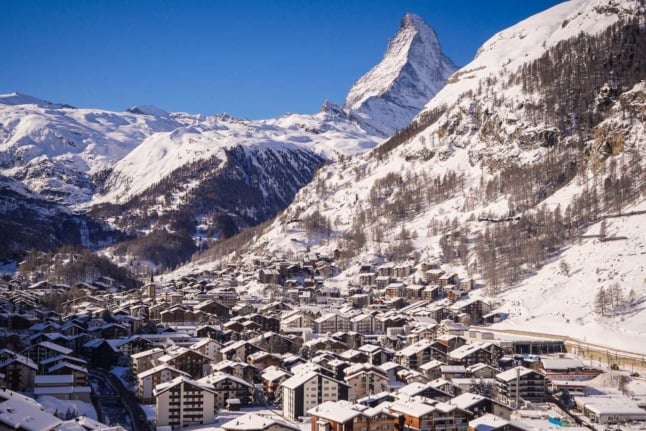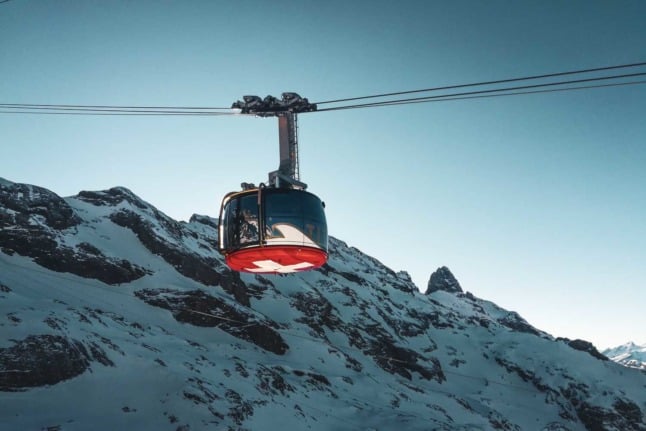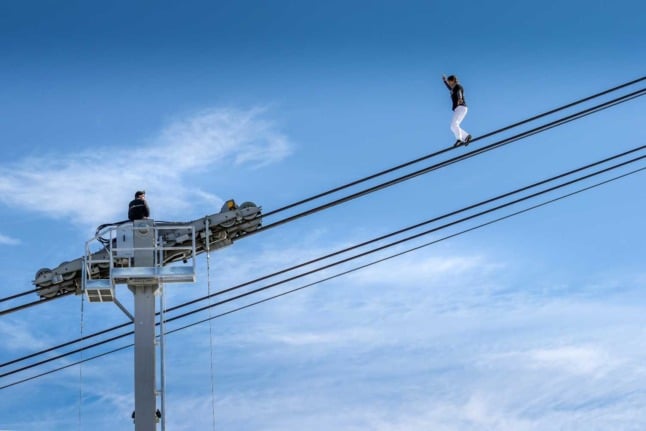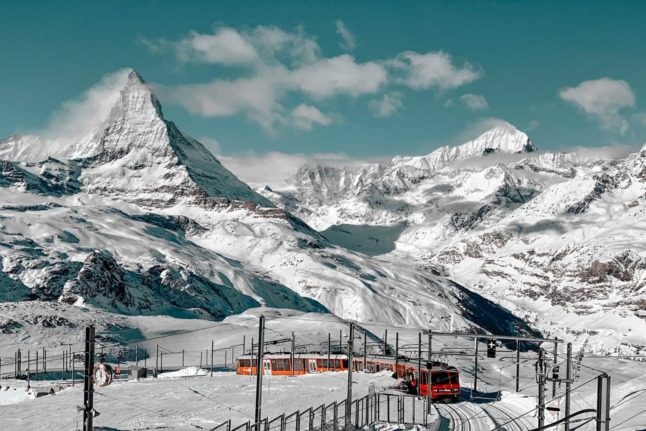After a partial closure in 2019-2020 due to the Covid pandemic – where several resorts were closed and restricted and where foreign tourists were almost completely shut out – Switzerland is planning a return to form this winter.
Climate change has made winters more difficult to predict, with less snowfall than usual and fewer snow days.
There are however several resort areas where you can count on early snow – with some offering year-round skiing.
The Local got in touch with Swiss Tourism to ask for some inside tips on early season skiing in Switzerland.
So if you just can’t wait to get back on piste or you want to avoid the Christmas crowds, here are some of your best options.
Why would you want to ski in November?
Any winter sports nut would probably answer that question with a simple “why not?” but there are a lot of reasons for early season skiing, provided you can get the time free to do so.
Early skiing means you avoid the crowds of peak time, which is good for beginners and experienced skiers alike.
Getting in early means you can be halfway down the slopes while people are already planning their Christmas break.
Early season skiing is also a fair bit cheaper than peak season, both in terms of ski passes and accommodation.
More information on the rules for skiing in Switzerland this winter can be seen at the following link.
IN DEPTH: What are the rules on Swiss ski slopes this year?
‘We know how to winter’: What will skiing look like in Switzerland this year?
While revenue was 25 percent down on usual standards last year, the industry is expected to rebound close to its former glory in 2021-22.
André Aschwanden, a spokesperson for Switzerland Tourism, told The Local a strong season was predicted.
“The last winter season with the open and welcoming Swiss ski resorts showed impressively that the Swiss tourism industry knows how to provide their services even under pandemic circumstances.”

“Winter tourism took place even under difficult pandemic circumstances. The Swiss tourism providers have therefore proved that “they know how to winter”.
“This proof and this performance also give confidence for the upcoming winter season.”
While things will look better than in previous years, Aschwanden predicted it would not feel completely the same as a few years ago due to international travel hurdles.
“According to this preview a solid winter season can be expected – of course and unfortunately, oversea tourists will still not fully come back, especially from Asia and Australia / New Zealand.”
Australians, New Zealanders and people from many Asian countries are not prevented from entering Switzerland but in many cases are restricted from leaving their own countries.
Please click the following link to see the rules for entry to Switzerland from around the globe.
EXPLAINED: Who can enter Switzerland right now and what are the rules?
Will I need to be vaccinated etc to ski in Switzerland this year?
Somewhat controversially, Switzerland decided it would buck the trends of its neighbours and not require the Covid certificate on the slopes this winter.
Switzerland’s Covid certificate shows you have been fully vaccinated against the virus, have contracted it recently and recovered or that you have tested negative.
This means that you will not need Switzerland’s Covid certificate or national equivalents in order to take part in winter sports or take chairlifts or gondolas in Switzerland (chairlifts and gondolas will require masks).
You can even eat and drink in outside areas without a Covid certificate. If you go inside however, a certificate will be required.
Keep in mind that while you will not need the certificate for skiing or hotel stays, it is required in restaurants, bars and other event venues.
Covid passes from European Union countries are valid in Switzerland, but those from outside the EU are not – meaning you will have to get one in Switzerland.
READ MORE: How tourists and visitors can get Switzerland’s Covid certificate
As it stands, this costs 30CHF. Aschwanden said a solution was being developed.
“A national and electronic solution for the conversion of third country vaccination certificates into Swiss Covid Certificates will be operational from mid-October.”
Zermatt
OK, so no early skiing report would be complete without Switzerland’s highest ski field: Zermatt.
Zermatt offers year-round skiing, 365-days-a-year (pandemics pending). It’s the anti-New York of ski fields; if you can’t make it there, you won’t make it anywhere.
Zermatt has several high peaks pushing 4,000 metres, including Klein Matterhorn and Gobba di Rollin.
Engelberg Titlis
In the central canton of Obwalden, Engelberg Titlis is already open and accepting winter sport tourists.
There are two areas – Titlis area and the area on Berg Brunni – both of which offer something for beginners, experts and everyone in between.
There’s also the Rotair Titlis, a rotating cable car which is equal parts exhilarating and terrifying.

Saas Fee
Another favourite of early skiers is Saas Fee, just around the corner from Zermatt.
Saas Fee opens properly on the 30th of October, according to Swiss Tourism, and has good quality snow thanks to boasting similar altitudes and weather conditions to neighbouring Zermatt.
While it might not be as well known, in some ways you’ve already been to Saas Fee – it was the location of Wham’s Last Christmas video.
The year-round snow meant it was the perfect backdrop for George Michael’s brooding, clad in a Christmas sweater and tremendous hair.
Glacier3000
Located where Vaud meets Valais and Bern, Glacier3000 is a resort in the Diablerets region.
The winter sports season starts officially on November 6th.
Corvatsch
Corvatsch, in the canton of Graubünden, opens officially on the 27th of November.
Located on the Piz Corvatsch mountain range, the ski area “extends from Sils via Silvaplana all the way to St. Moritz”.

Verbier
A favourite of British tourists, Verbier opens in early December. In addition to great winter sports action, Verbier has some of the best culinary options and nightlife available in any ski town.
Information on which ski fields are open is available in English here.



 Please whitelist us to continue reading.
Please whitelist us to continue reading.
Member comments